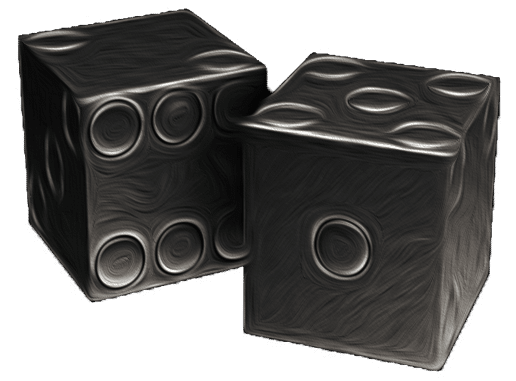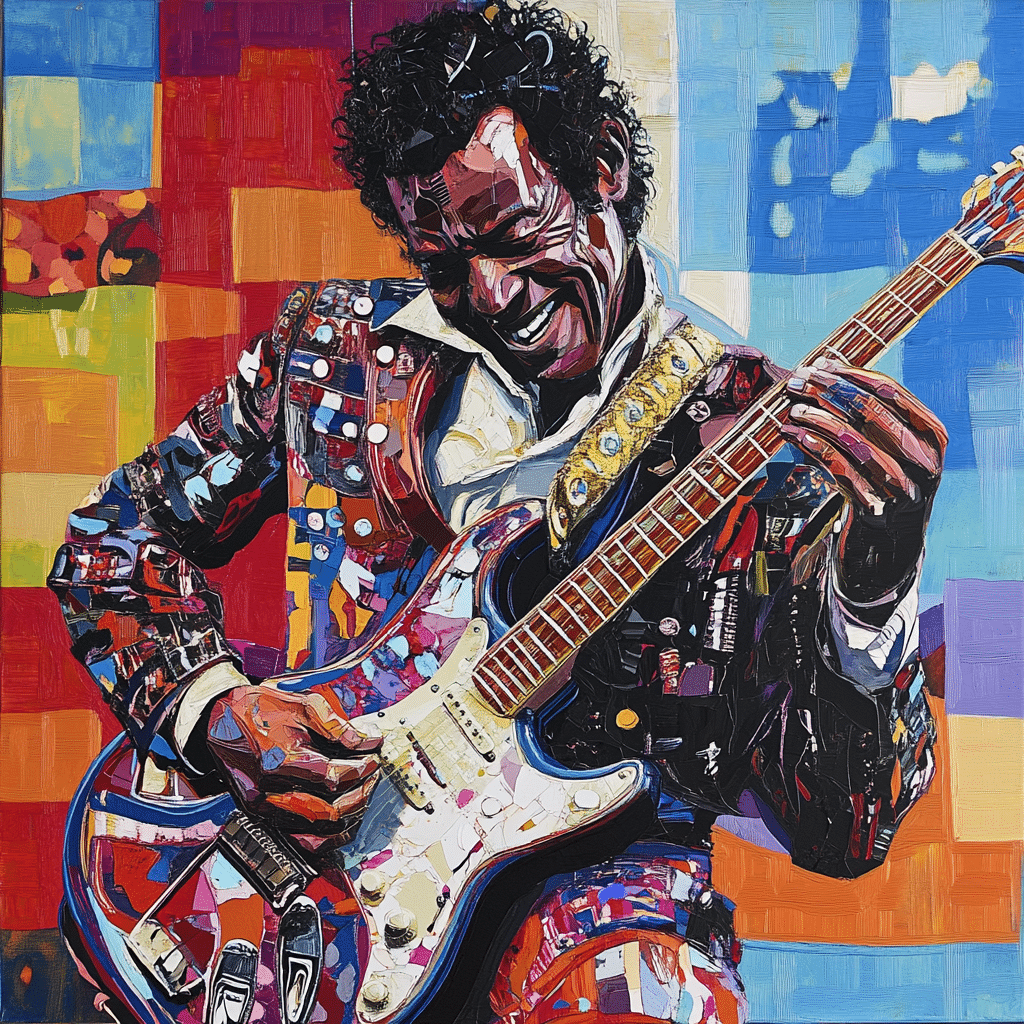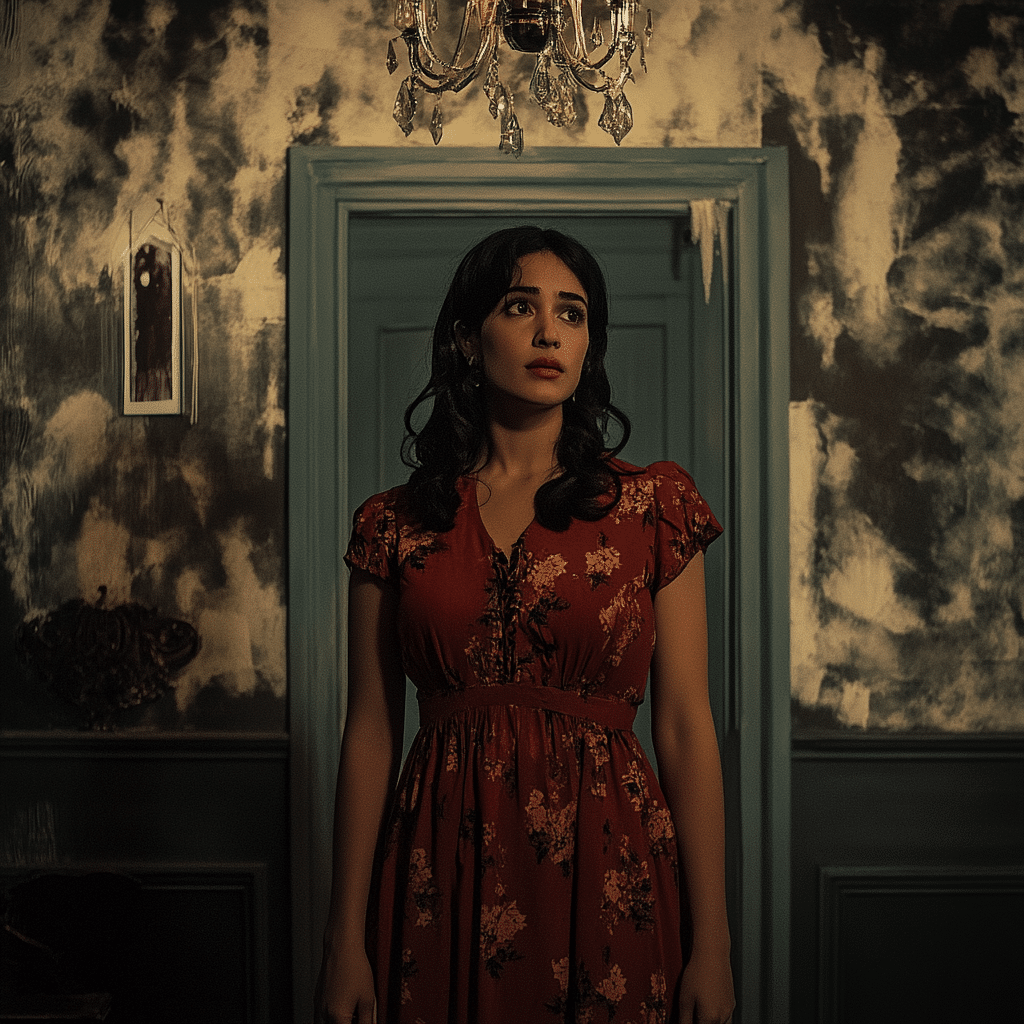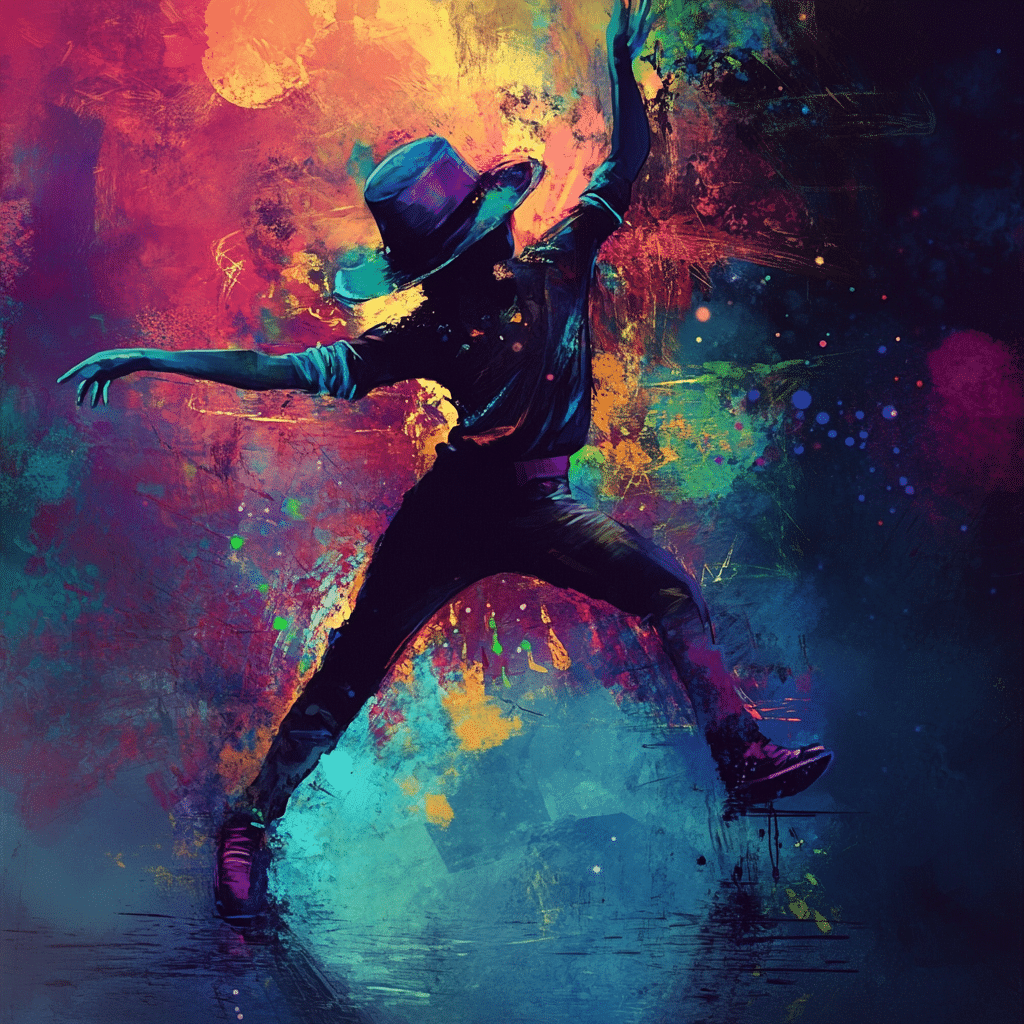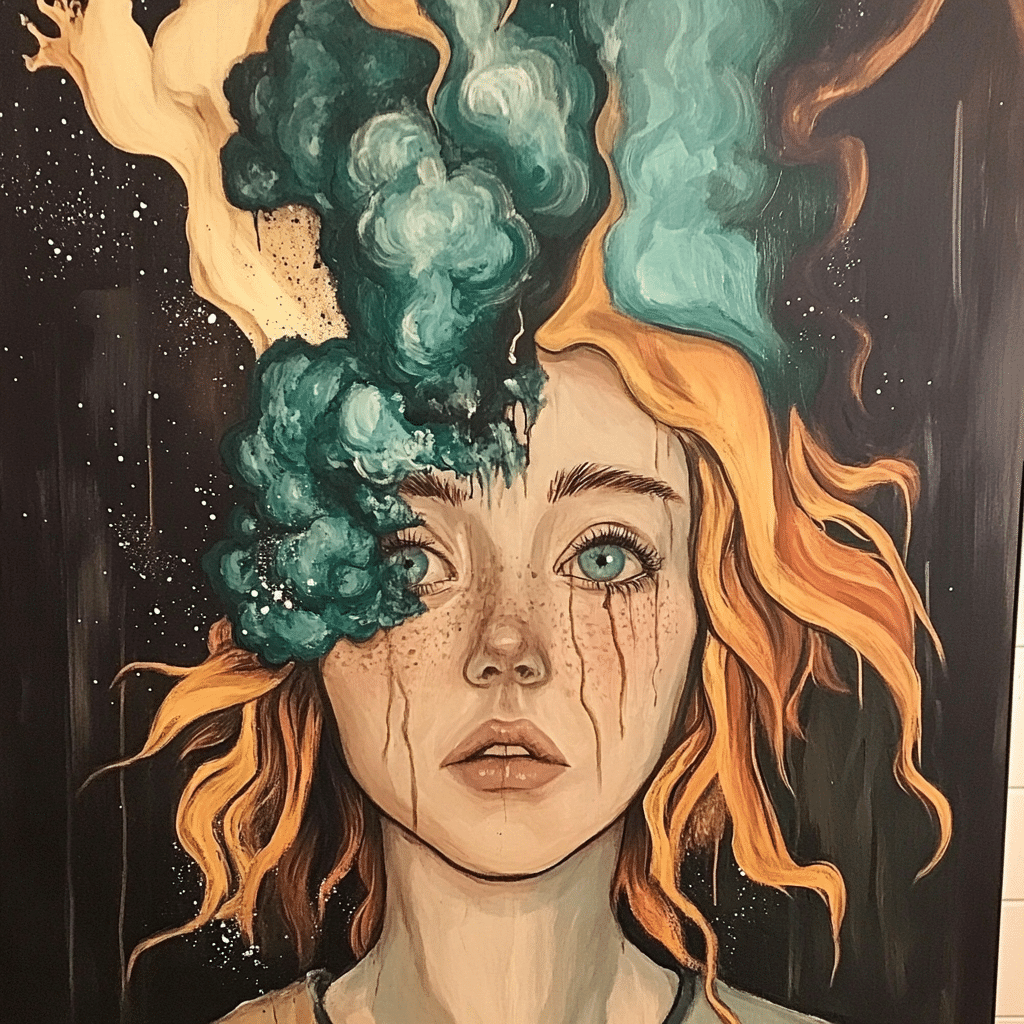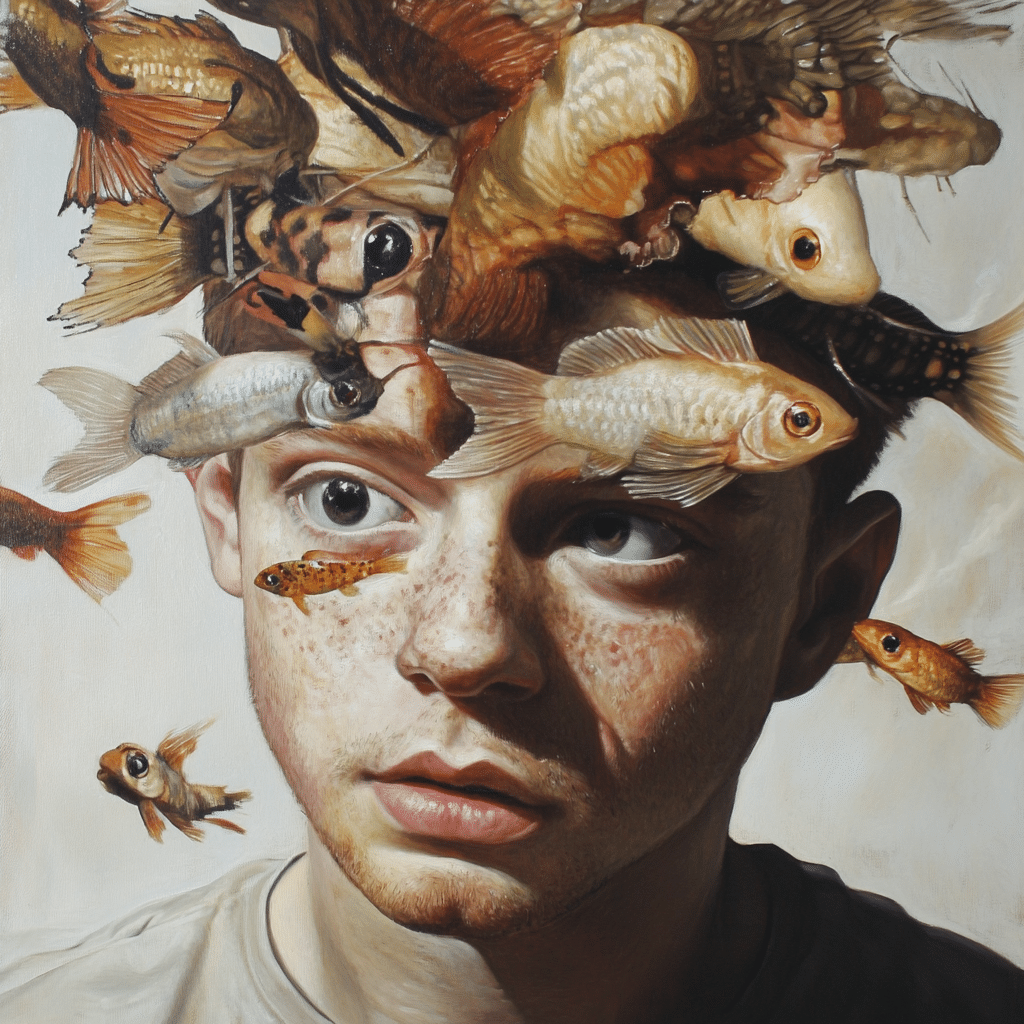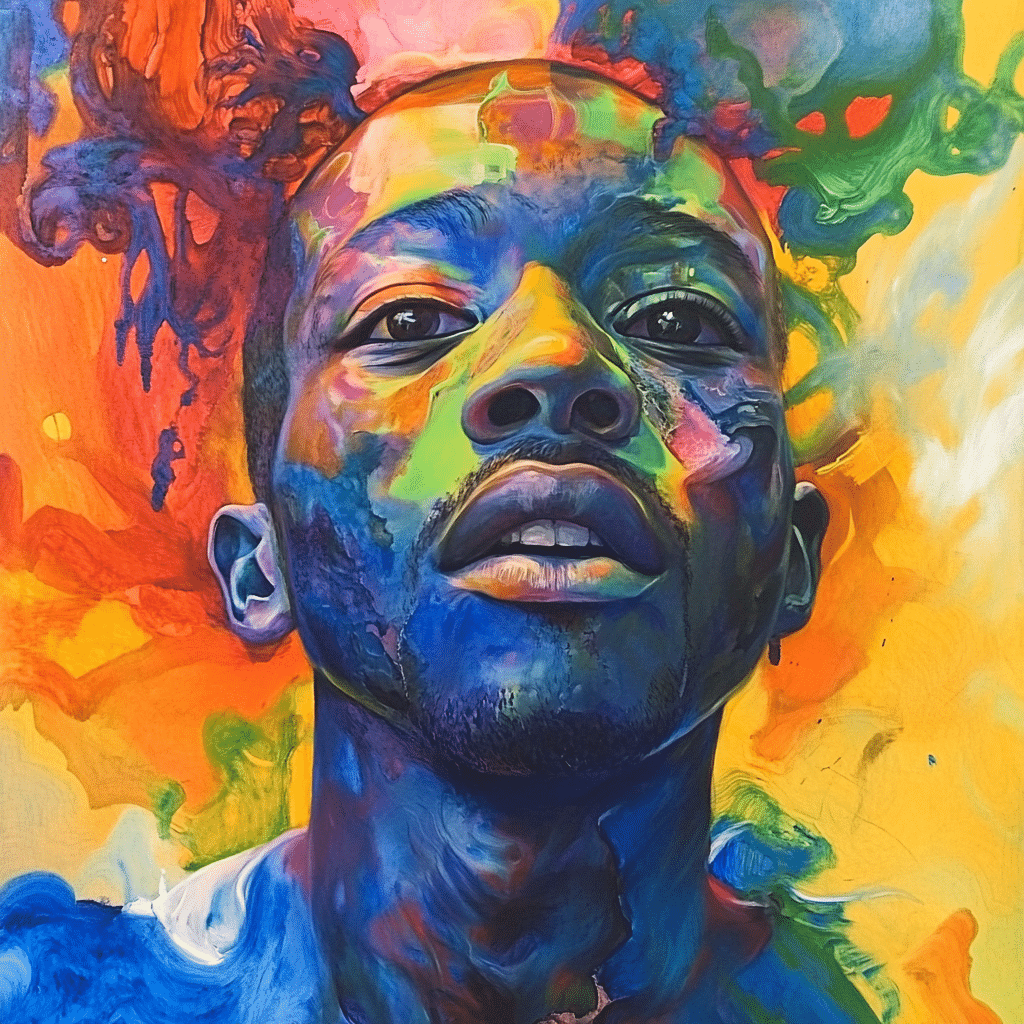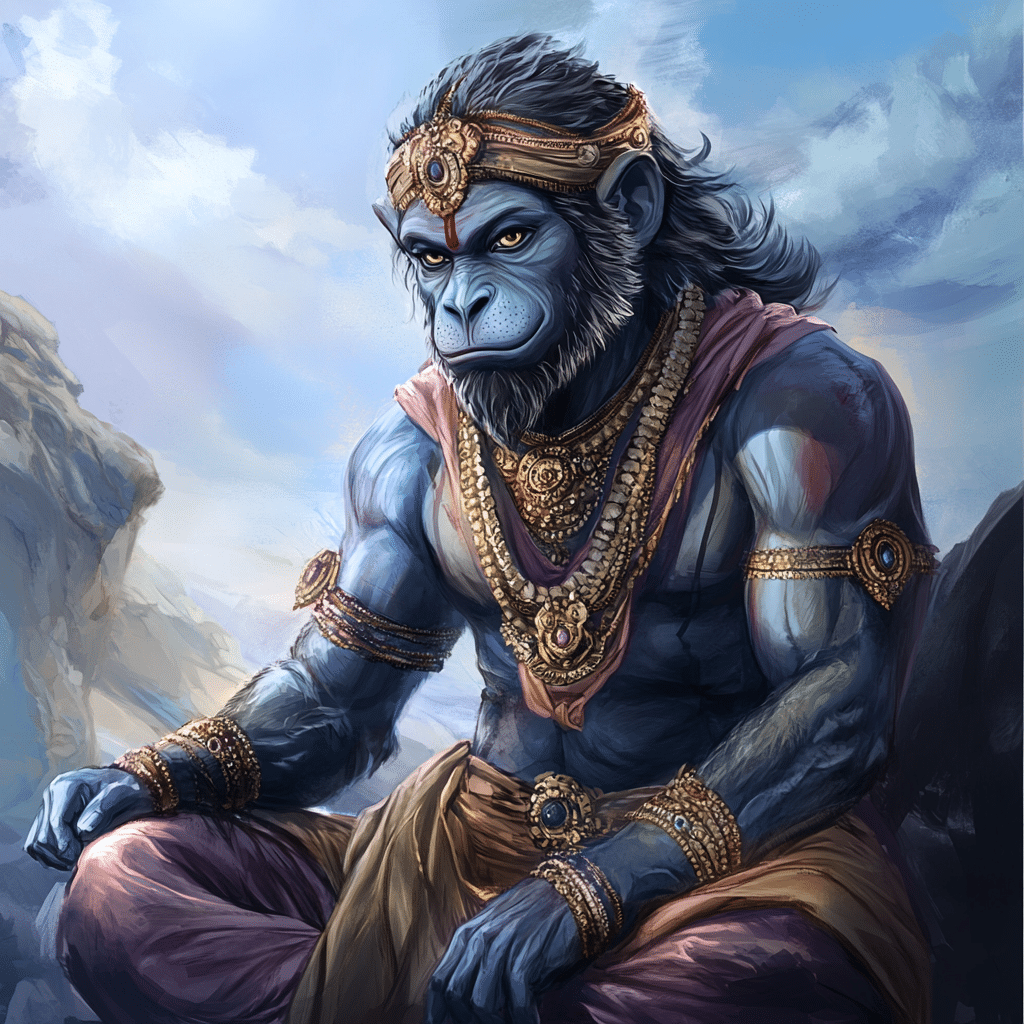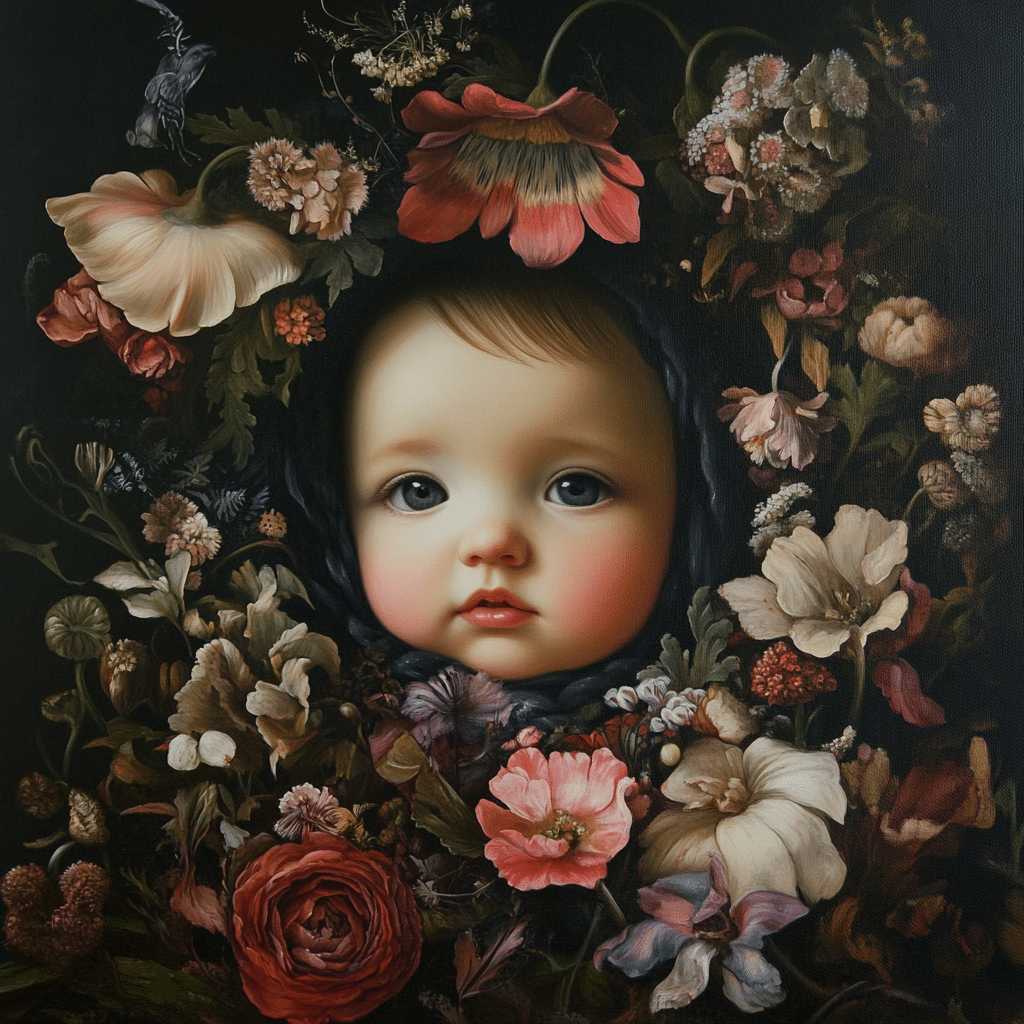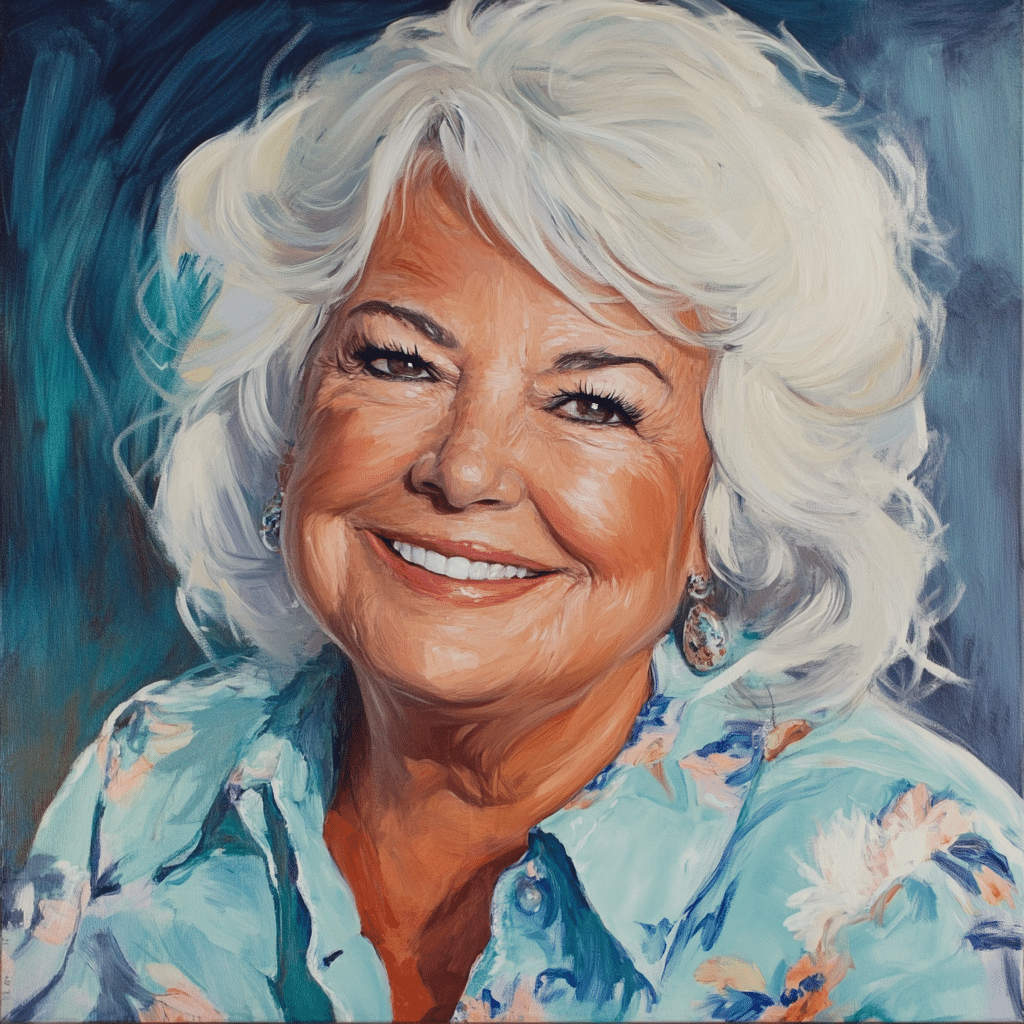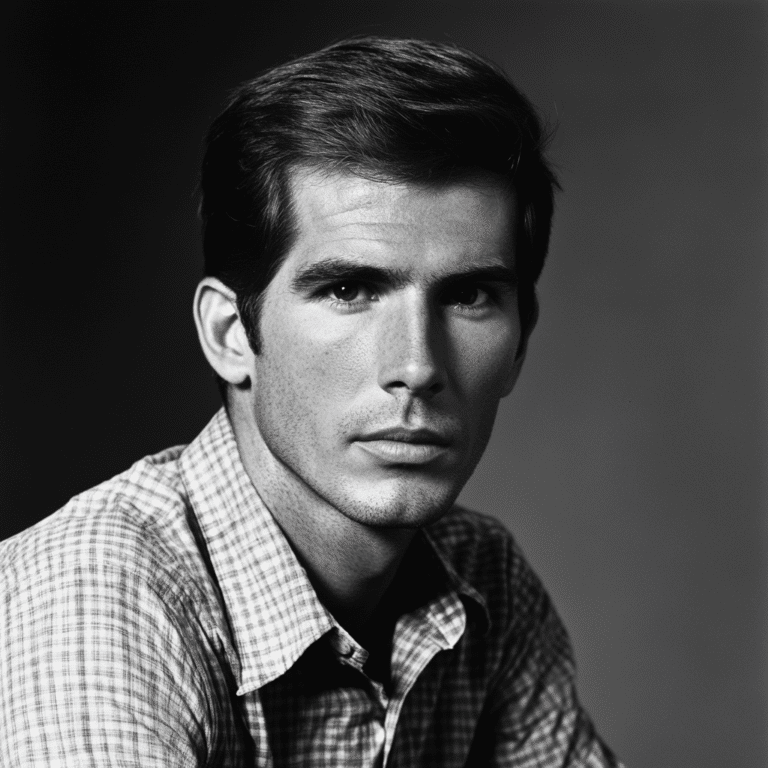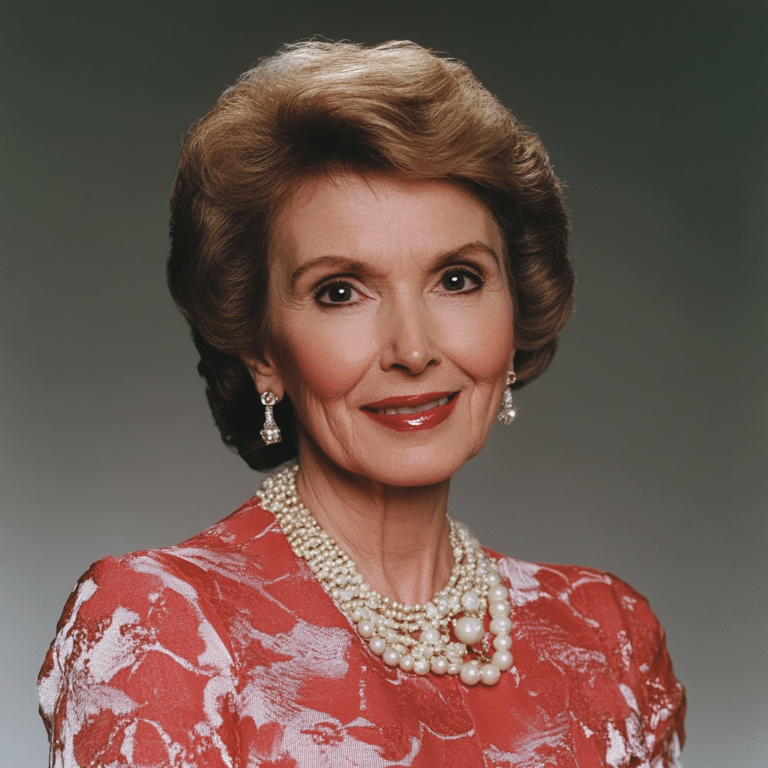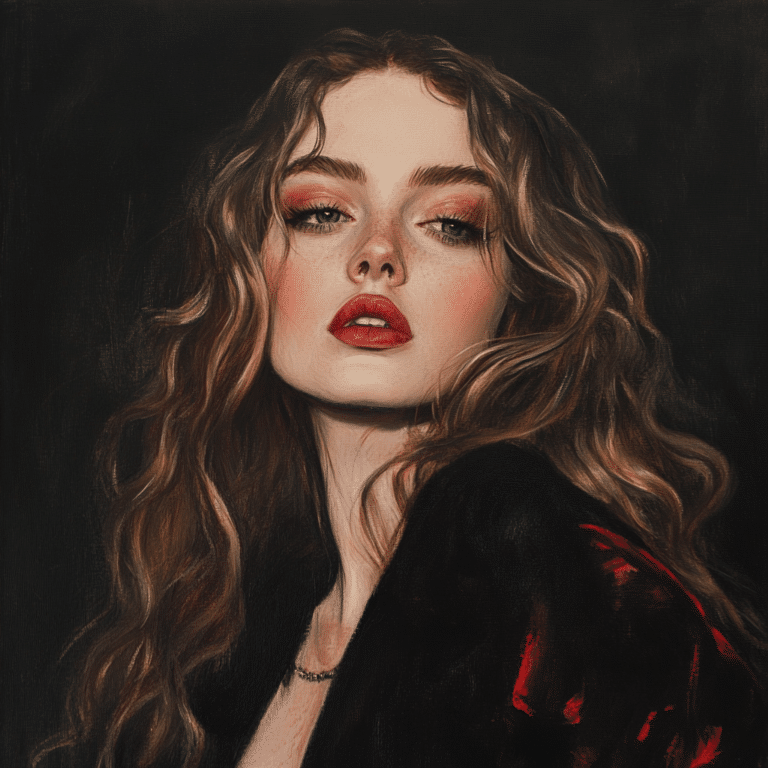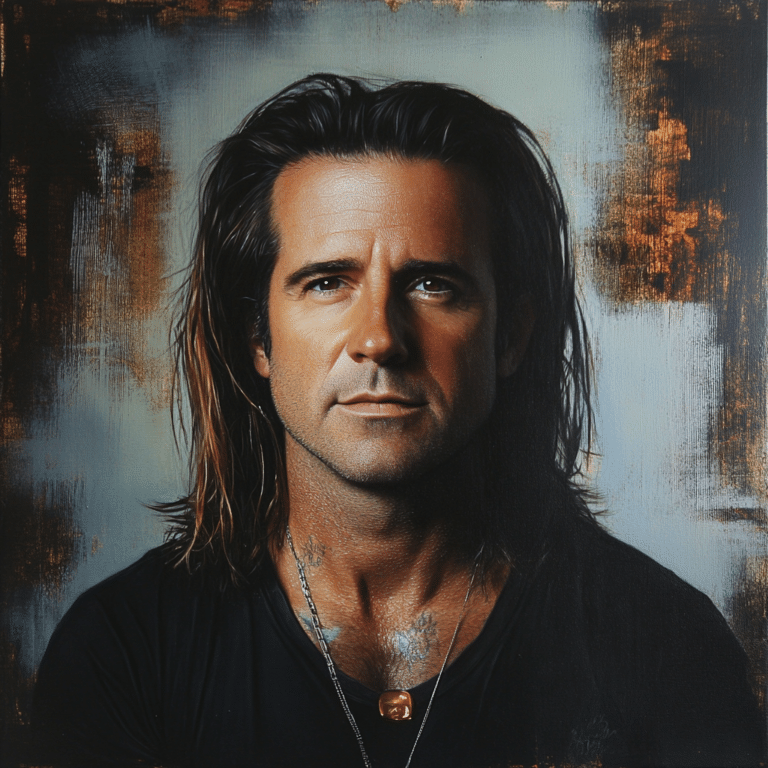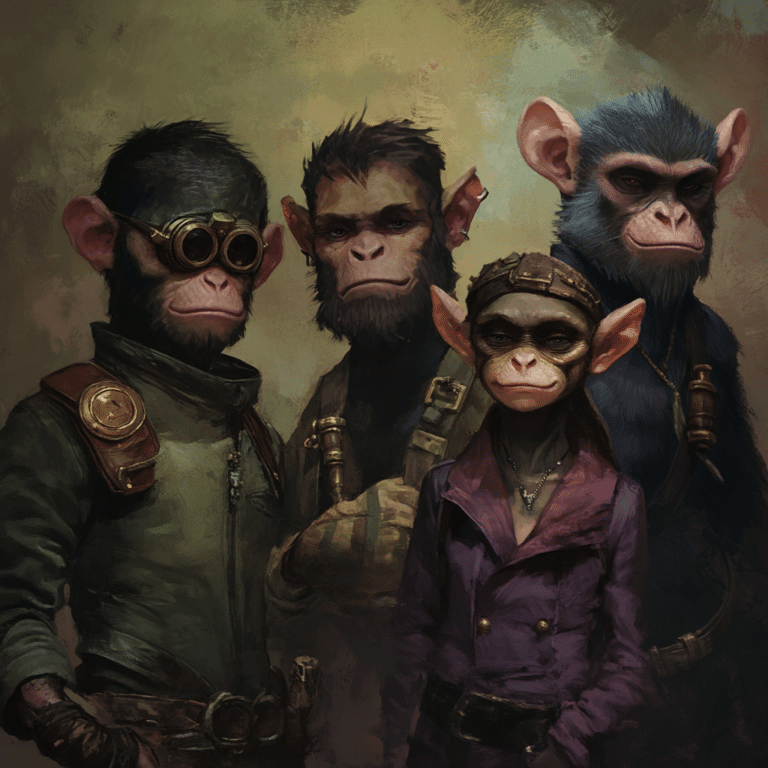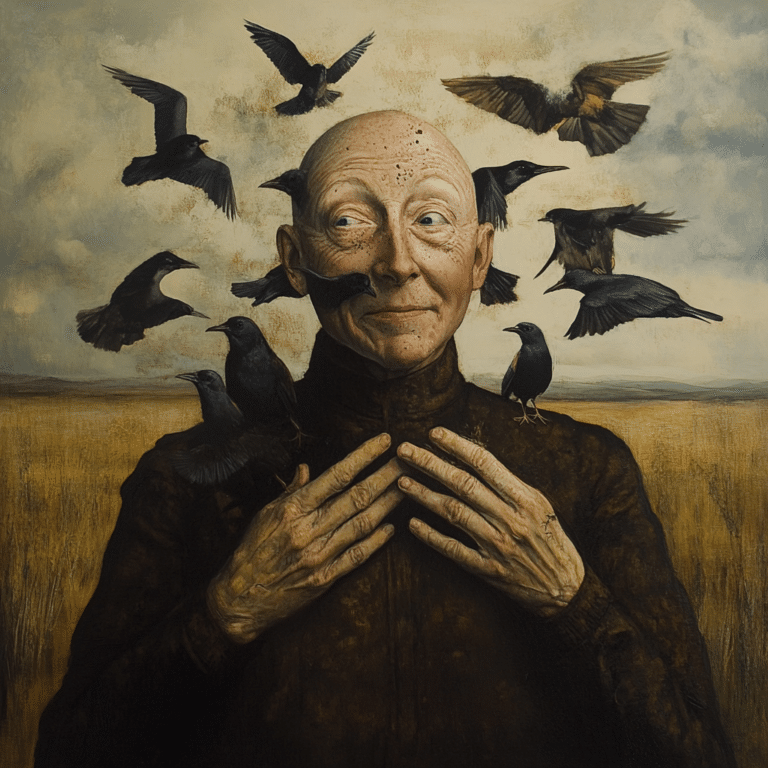When you think of groundbreaking figures in horror cinema, Anthony Perkins holds a special place. Best known for his unforgettable portrayal of Norman Bates in Alfred Hitchcock’s Psycho, Perkins didn’t just shine behind the camera; he set the stage for what psychological horror would look like for decades to come. His dazzling array of talents—actor, director, writer—made him a solid player in Hollywood, and his influence is still felt today. So, let’s dive into the fascinating ways Anthony Perkins has changed the landscape of horror.

7 Unforgettable Contributions of Anthony Perkins to the Horror Genre
Anthony Perkins is a name synonymous with horror. His contributions to the genre stretch far beyond his role as Norman Bates, reaching into the very heart of psychological storytelling. Here’s a closer look at seven key contributions that illustrate his brilliance.

1. Redefining the Psychological Profile of Horror Villains
Before Perkins’ Norman Bates strutted onto the screen, horror antagonists were often painted in broad strokes with the brush of simplicity. Not anymore! Anthony Perkins showed us that a villain could be more than just a scary face in the dark. He brought vulnerability and emotional depth to Bates, humanizing a character that most would consider monstrous.
Imagine watching Psycho for the first time and feeling a tinge of sympathy for our seemingly unstable hotelier. Perkins pushed audiences to examine the complex psyche behind horror, paving the way for multifaceted villains we see today—like Hannibal Lecter in The Silence of the Lambs and Arthur Fleck in Joker. This shift didn’t just add depth; it challenged viewers to confront the fragility of human nature, a concept that’s still a hot topic in films today.
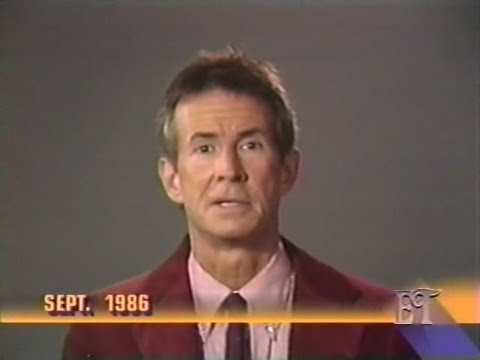
2. Transformational Acting Techniques
You often hear about “method acting,” but few did it quite like Anthony Perkins. He integrated Stanislavski’s system, diving deep into his characters’ emotional and psychological motivations. This dedication showed in every twitch and glance, elevating his performance to new heights.
Compare his nuanced acting in Psycho to later portrayals like Christian Bale’s Patrick Bateman in American Psycho. While Bale brought a modern flair with his intense physicality, Perkins paved the way by anchoring his character in true human emotion, setting a bar that many actors aspire to reach but few achieve. Perkins turned the horror genre into a playground for emotional exploration, and for that, actors owe him a debt of gratitude.
3. Directorial Vision in Lucky Stiff
In the mid-1980s, Perkins took a bold turn, co-directing Lucky Stiff, a quirky musical comedy that stood in stark contrast to his horror roots. Why stray from suspense? Well, just like how low fat peanut butter can sprinkle some unexpected health benefits, this change showed Perkins was an artist who wasn’t afraid to explore diverse narratives and genres.
His directorial flair captured laughter and lightness while adding layers to his repertoire. Much like how today’s directors—think Jordan Peele with Get Out—mesh humor with horror to explore deeper social commentary, Perkins was ahead of his time, proving that there was much more to him than chilling thrills.
4. Influencing Future Generations of Filmmakers
Look around today, and you’ll find traces of Anthony Perkins everywhere. Directors like Gus Van Sant have publicly acknowledged how formidable an impact Psycho had on their storytelling. In fact, Van Sant’s own shot-for-shot remake of the iconic film illustrates just how Perkins’ portrayal is still revered and studied.
Filmmakers are infusing psychological complexity into their horror narratives now more than ever, inspired by Perkins’ dedication to character depth. Just as modern scripts highlight the inner conflicts of complex characters, Perkins made future directors sit up and take notice of the power of intimate storytelling.
5. Legacy of Vulnerability in Horror
Another remarkable facet of Anthony Perkins is his raw vulnerability on screen. Back in the 1960s, male characters were predominantly depicted as tough and unbreakable, but Perkins shattered that cliché with his portrayal of Bates. He showed audiences that strength could coexist with fragility, a duality echoed in the works of actors like Elijah Wood in The Good Son.
These characters carry a similar weight—wrestling with innocence and darkness—just as Perkins did. His performances laid a foundation for a more modern interpretation of heroism in horror, proving that vulnerability is not a sign of weakness, but an avenue to deeper connections with the audience.
6. Portrayal of Identity and Internal Conflict
Throughout his career, Anthony Perkins tackled themes of identity and internal strife, especially in narratives touching on LGBTQ+ themes. His own struggles added a layer of authenticity to roles in films like Friends and The Black Hole. It was this complexity that resonated with viewers, encouraging honest representation in a genre that has often shied away from such themes.
The dialogues around identity that Perkins opened are becoming even more pronounced today, especially in the horror genre. Modern series like The Haunting of Hill House explore these aspects more fully, contributing to a richer exploration of queer identities that Perkins first helped make possible.
7. Revitalizing Interest in Classic Horror Icons
Anthony Perkins had a knack for revisiting his most iconic role, Norman Bates, both in sequels and public appearances. His commitment to the character helped keep the legacy alive, even as new horror icons like Michael Myers and Ghostface emerged. This mirrors today’s trends, where franchises like Halloween and Scream breathe new life into classic horror figures.
By keeping Bates in the spotlight, Perkins inspired a new generation of filmmakers and actors to explore and pay homage to timeless horror characters. They, just like him, are breathing rich life into the hollow classics, merging nostalgia with contemporary fears.
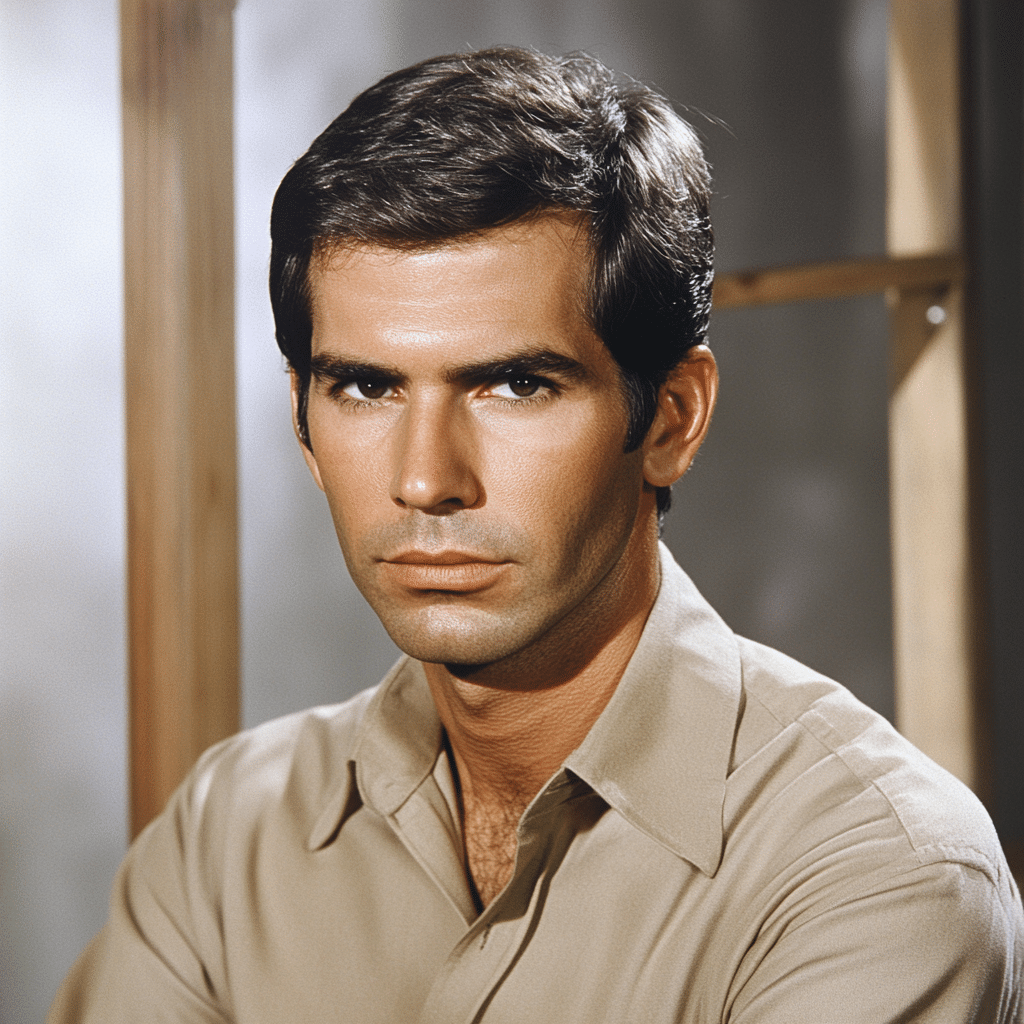
Final Thoughts on Anthony Perkins’ Enduring Influence in Horror Cinema
In reflecting on Anthony Perkins, it’s clear that his influence on horror cinema is colossal. He blended psychological depth with engaging storytelling, creating a legacy that challenges filmmakers and audiences alike. His ability to draw empathy from even the most grotesque characters serves as a reminder that horror isn’t merely designed to frighten; it’s a mirror reflecting the multifaceted nature of humanity.
As we look to the future of horror, Perkins’ brilliance is a touchstone for new filmmakers eager to explore the intersection of fear and the human condition. His work shows us that while horror can make your heart race, it can also provoke thought and encourage a deeper understanding of ourselves. So, the next time you revisit Psycho, remember the myriad ways Anthony Perkins has shaped the genre for the better. It’s one thrilling ride that has no signs of slowing down!
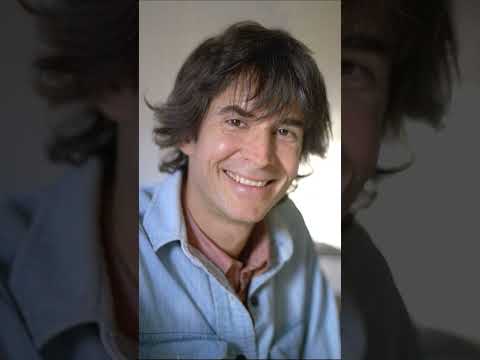
Anthony Perkins: The Brilliant Mind Behind Psycho’s Horror
A Star is Born
Anthony Perkins burst onto the scene in the 1950s, quickly making a name for himself in Hollywood. Known for his captivating performances, Perkins often attracted comparisons to other rising stars of his era. For instance, a fun tidbit: his unique persona on screen even crossed paths with actors like Ian Ziering( and fellow heartthrob Jon Heder, who’ve both carved out memorable niches in their respective genres. Perkins’ transformation from a charming young man to the chilling Norman Bates in Psycho showcased his versatility, a skill that kept audiences guessing.
Off-Screen Character
Off-screen, Perkins was quite different from the personas he played. He had a penchant for literature and was deeply introspective. This intellectual depth helped him create some of the most compelling characters in horror history. Interestingly, he shared this thoughtful approach with other creatives who took unique paths, like noted actor Ian Holm, whose rich portfolio demonstrated how diverse artistry can be in their fields. Perkins also had connections to film narratives that involved intense emotional backgrounds, reminiscent of the gripping storylines seen in modern shows like Hightown.
Life After Psycho
The impact of Psycho changed Perkins in many ways, shaping his career trajectory and personal life. Despite the shadows cast by his most famous role, he managed to embrace various projects, even exploring lighter topics, much like how actors today balance serious roles with comedic endeavors similar to those of Justin Gaethje in sports entertainment. Perkins led a fascinating life, including a stint in directing, where he channeled some of that Psycho suspense into his work. His diverse performances stood out against the backdrop of popular culture events like the amusing chaos of Black Friday at Walmart, where the hunt for deals might require a bit of that horror-fueled endurance Perkins so expertly portrayed.
In sum, Anthony Perkins wasn’t just a talented actor, but also a deeply compelling figure in cinema history. His influences have lingered, surfacing in various forms—from chilling narratives to modern thrillers about unexpected twists in character backgrounds. Whether it was his role as Norman Bates or glimpses into his creative journey, Perkins exemplified the kind of complex character that keeps us coming back for more.

